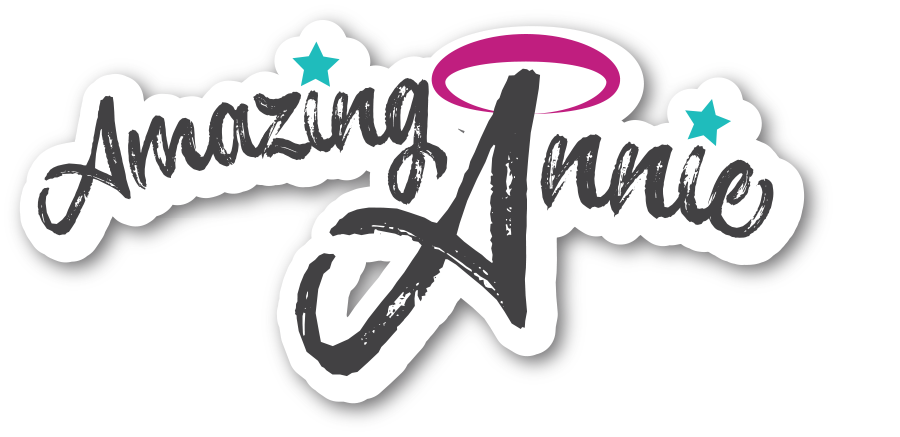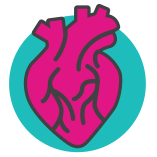Know the Signs
Anaphylaxis is a severe , life-threatening allergic reaction that requires immediate medical attention. It often begins within minutes after a person eats a problem food. Less commonly, symptoms may begin hours later.
Up to 20% of patients have a second, bi-phasic anaphylatic reaction hours later, therefore it is essentioal to contact emergency responders after the initial ephinephrine injection.
Fatal reactions are often linked with a delay in receiving ephinephrine.
Look for ANY SEVERE symptoms
Shortness of breath
Wheezing
Repetitive cough
Pale or blueish skin
Faintness
Weak pulse
Dizziness
A tight or hoarse throat
Trouble breathing
Trouble swallowing
- Significant swelling of the tongue or lips
Hives all over the body
Widespread redness
Repetitive vomiting
Severe diarrhea
Uterine cramps
- Feeling something bad is about to happen
- Anxiety or confusion
Look for more than one MILD symptom
Itchy or runny nose
Sneezing
- Itchy mouth
A few hives
Mild itch
- Mild nausea or discomfort
StepS to Take after symptoms appear
- INJECT EPINEPHRINE IMMEDIATELY.
- CALL 911. Tell the emergency dispatcher the person is having anaphylaxis and may need epinephrine when emergency responders arrive.
- Lay the person flat, raise legs and keep warm. If breathing is difficult or they are vomiting, let them sit up or lie on their side.
- If symptoms do not improve, or symptoms return, one more dose of ephinephrine can be given about 5 minutes after the first dose.
- Transport to the ER, even if symptoms resolve.











